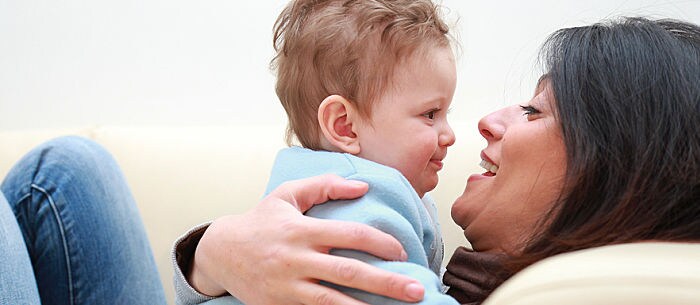You know that dress you used to love, the one that fit just right and flattered all your curves? Now that you’ve made it through pregnancy and breastfeeding, you’ve got your body back and you’re feeling healthy and confident. No more nursing bras for you! You’ve finally planned a night out for the first time in ages, and it’s time to slip into that sexy dress again. You put it on, but there seem to be some changes in your breasts after breastfeeding. Is that normal?
How Do Your Breasts Change After Breastfeeding?
The bad news is that your breasts, like many other parts of your body, will never be exactly like they were before you got pregnant. But there’s good news too: You’re not alone. All women experience changes in their breasts after breastfeeding. In fact, pregnancy alone affects women’s breasts, whether they choose to feed their children by bottle or by breast.
Dr. Kelly Levasseur, an associate program director of pediatric emergency medicine in the Detroit area, works with numerous breastfeeding mothers in her position as a pediatrician. She strongly recommends exclusive breastfeeding for at least the first six months of an infant’s life, and says, “Despite the benefits of breastfeeding, you can expect your breasts to change once you stop breastfeeding. These changes are not bad or harmful, but knowing about these potential changes ahead of time may decrease any anxiety about the changes.”
So what changes can you expect? It depends on several factors: your pre-pregnancy weight and breast size, your weaning process, your genetic makeup and whether or not you smoke. Common changes include the development of stretch marks, enlarged or darkened nipples, breasts that feel slightly deflated and sagging.
Can You Do Anything About These Changes?
Obviously, factors like your genes and the size of your breasts are beyond your control. According to Misti Ryan, a registered nurse, International Board Certified Lactation Consultant (IBCLC) and co-owner of Bay Area Breastfeeding & Education in the Houston area, there are a few things you can do to make the most of your breasts after breastfeeding. “The girls will never quite return to their former selves after baby weans from breastfeeding,” she says.
But to help combat stretch marks and sagging, she offers these suggestions: “Stop smoking (if you do). This will make for healthier skin and better elasticity to handle the growth during pregnancy and breastfeeding. Lose weight before you get pregnant. Moms who are overweight are more likely to have breast sagging. Eat a clean diet with healthy fats, which contribute to healthier, more elastic skin. Exercise! Work to strengthen the muscles of the chest wall to give yourself a natural lift.”
Finally, Ryan suggests weaning your baby gradually. “As baby weans, breast tissue shrinks and more fat surrounds the diminishing milk-producing cells,” she says. “Weaning gradually allows these two processes to occur at the same time. If weaning is abrupt, the tissue shrinks, but it takes longer for the fat to be redeposited.”
So take heart, breastfeeding mamas. Your breasts have fed your child, and that’s an incredible accomplishment. They may be older and wiser than they were the last time you wore that sexy dress, but so are you, and you should be proud of that. Invest in some high-quality bras and take care of yourself. You and your breasts deserve it.
Kate Parlin is a mom of three girls (two of whom are twins!) who writes for numerous websites and publications including her blog, Shakespeare’s Mom.






